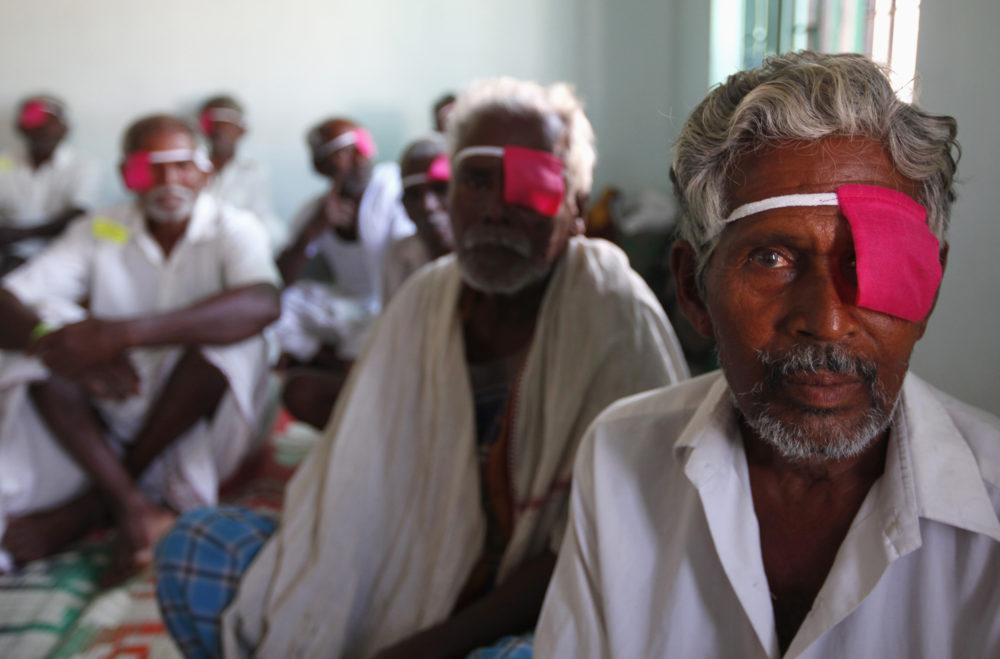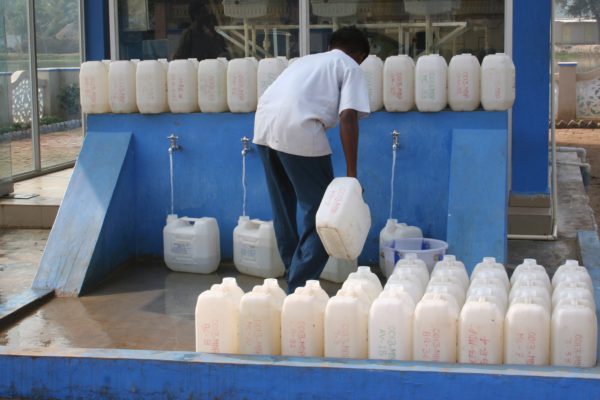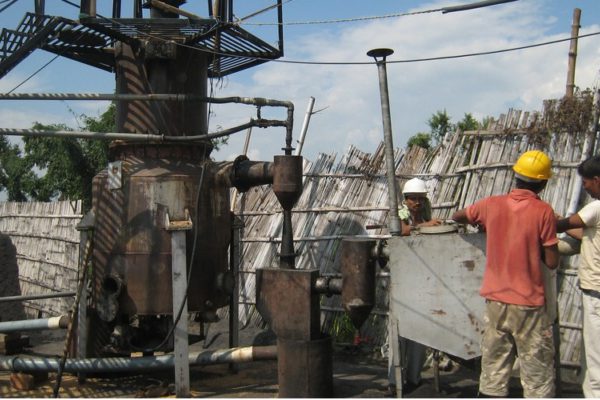
In our recent post Economics in a World Where Everyone Matters Equally, we looked at the world through the lens of “integrated return on investment” (IROI), defined as the total surplus captured by all stakeholders affected by an endeavor. This could be expressed as a percentage annual return on the total investment made, including both the capital invested directly in the enterprise as well as investments made by other stakeholders.
How Economic Progress Happens then explored the role that for-profit entrepreneurs can play in the weakest economies, where there are very high IROI opportunities “there for the taking” that often don’t exist in stronger economies, but scarce capital and a range of other barriers that must be overcome. This piece explored four key challenges faced by for profit entrepreneurs who seek to achieve very high levels of IROI at significant scale:
- Ensuring that they take in the quantity of resources needed, on a sufficiently consistent basis, both to deliver and to expand rapidly
- Consistently making high-IROI decisions, even as the logic of creating greater value pulls them to higher-ROI, lower-IROI decisions
- Evolving in ways that their effectiveness and coherence increase with scale, while adapting to a changing environment
- Engaging successfully with broader ecosystems as the scope of their endeavor brings them into terrain requiring broader coalitions
We explored how Acumen’s model of patient capital serves a powerful lever for building these kinds of businesses. I’d now like to turn to the question of what we can learn from the entrepreneurs who have achieved the greatest level of success in generating IROI.
Wealth creation in a market society follows a power law distribution. Even when wealth is less unevenly distributed than today, a few people win big. These mega-winners fall into different segments – for example, we can consider the meaningfully different paths taken Warren Buffet and Howard Schultz, and the contrast between them and the Russian oligarchs. But there are common threads that bring together examples within each of a handful of segments of mega-winners: what they’re like, how they operate, what kinds of organizations they build and how they relate to their broader ecosystems.
What do the mega-winners in the game of entrepreneurial IROI creation look like, the social entrepreneurship equivalent of “billionaires”? Building on the thinking above, I’d hypothesize that five factors will distinguish not only the relatively small number of these “social impact billionaires” the world has seen to date, but the dramatically larger numbers we’ll see in the next couple of decades:
(a) Their life’s work concentrates on delivering solutions that provide toweringly high IROI at low risk
(b) While some will be individuals who create breakthroughs on highly intractable* problems, most of those whose primary value creation happens in the private sector will solve problems that are tractable
(c) As individuals, they have uncommon ability to operate in ways that address the “four challenges” articulated above
(d) They design and build organizations in which this ability to overcome the four challenges get ingrained, much of which relates to the cultures they create and the leaders they grow and shape
(e) They leverage and shape broader ecosystems: they are “of but not contained by” the institutions they found
One extraordinary example of an IROI mega-winner is Govindappa Venkataswamy, known more commonly as Dr. V, whom I’ve written about in other posts. After a long and productive career as an eye surgeon and public health figure, Dr. V founded the Aravind Eye Clinic at age 58, to provide free or extremely low cost eye surgeries to needy Indians – meeting the tractable problem of curable blindness. The tiny team that set out to meet the huge need for eye care in India in 1976 expanded to a network of hospitals over the last 39 years, and has provided over 4 million eye surgeries. Dr. V was an embodiment of the “five common factors” above:
(a) Cataract surgery, and now the broader range of ophthalmological interventions that Aravind delivers, has an extraordinary high-IROI/low-risk profile
(b) Dr. V focused on problems that were for the most part highly tractable, where their most intractable elements could be addressed systematically – e.g., by building trust and awareness in villages
(c) and (d) Without taking the time to write a proper account of how Dr. V and Aravind overcame the four challenges, both Dr. V as an entrepreneur and Aravind as the lasting entity he shaped exemplify a set of values, abilities and patterns of operating that systematically overcome the four challenges
(e) Dr. V. from before the founding of Aravind through the end of his life consistently reached above the institutional level to play both a shaping and a leveraging role with respect to actors in the broader ecosystem related to preventing and curing blindness
Looking at the development and growth of microfinance, I believe that one can see similar patterns. It would be interesting to compare and contrast Dr. V and Mohammed Yunus, the founder of Grameen Bank, in terms of the nature of the solutions they offered, the ways in which each operated, and the ways in which each built institutions and leveraged ecosystems of existing institutions. Fazle Abed, the founder of the formidable Bangladeshi development organization known as BRAC, stands out as an even “richer” “social impact billionaire” who stands out in contrast with Dr. V. as someone whose portfolio was more diversified and who engaged to a greater degree with more intractable problems. Whatever the interesting differences among these individuals, I believe all are exemplars of the “five common patterns” and all built organizations delivering high-IROI, low-risk offerings in ways that mostly overcame the “four challenges.”
Over the past twenty-five years or so, we’ve seen a dramatic scaling up of certain patterns through which technology-oriented companies are built: funding models, ownership models, management models, talent models, frameworks for M & A, and so on. This “venture-backed company template” is sufficiently ingrained that one could accurately guess a great many things about how an entrepreneurial tech company is likely to work, based simply on knowing how many years old it is and how much capital it has raised. Of course, there are good and bad things about building companies in ways that adhere closely to a standard template, but the good has outweighed the bad in the US in recent years. We’ve seen tremendous economic benefits from the way these models for financing and building companies have unleashed massive scale of entrepreneurial activity to translate technology innovation into economic value.
The world is ripe for a parallel expansion in models for generating and scaling social entrepreneurship. These early learnings from the paths of the “social impact billionaires” begin to point the way to how such models can work.
* Intractable problems require a high level of systemic change in mindsets, behaviors and institutions, while tractable problems require little such change.



